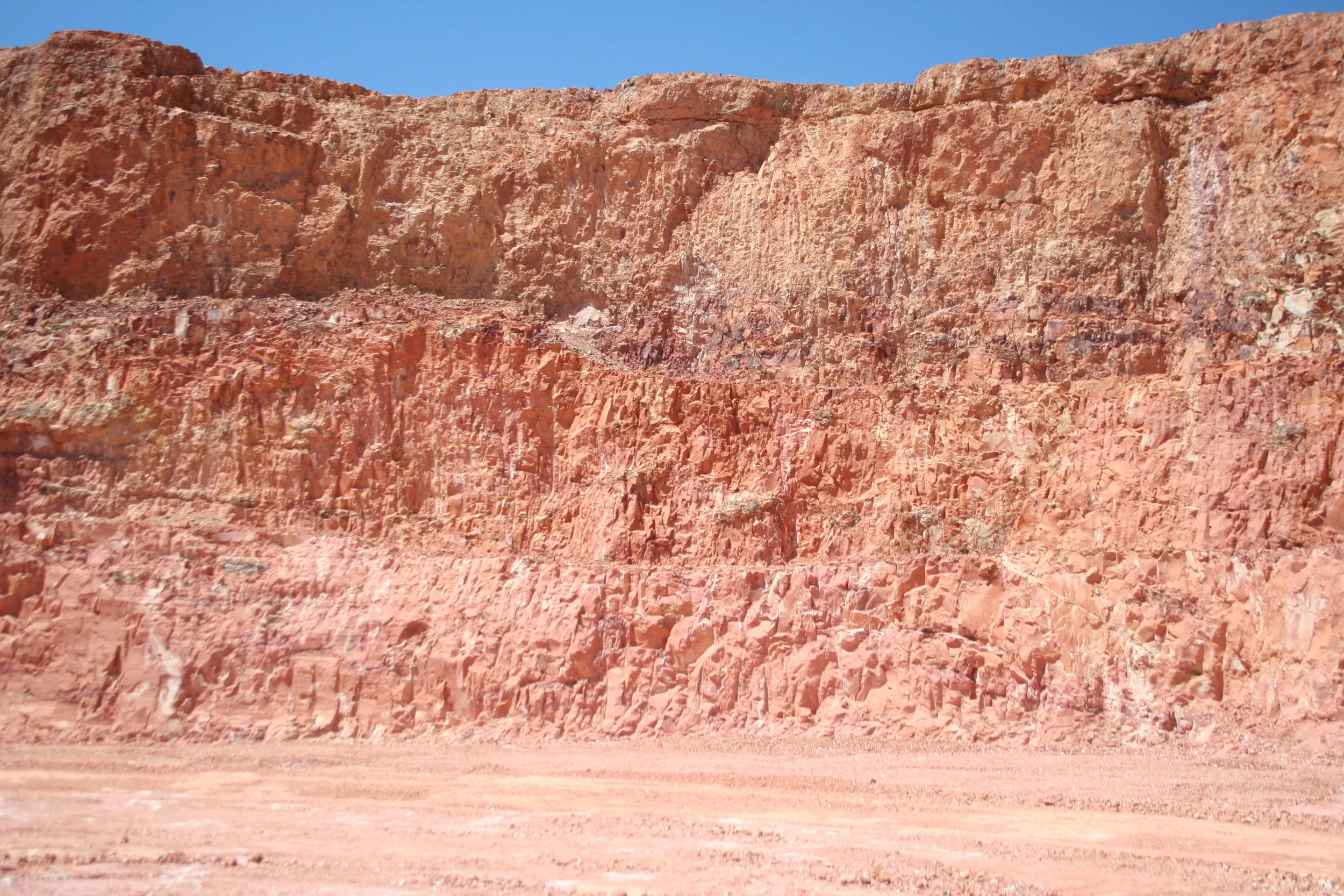Established in 1896 by Ernest Gregory Sherman (Ernie), Sherman Opals have been wholesaling and exporting Australian opals for well over 108 years. The Sherman family has been at the helm of the Company all this time, building an indisputable reputation for quality and price.
Read MoreIt has been published that the earliest references to opal are regarding a supposed discovery in Kenya Africa, by the renowned archaeologist Dr Louis Leakey in 1939. Dr Leakey reputedly discovered opal artefacts buried in the “Nakuru” cave which have been dated by modern scientific methods to an age of approximately 4000 BC. Since this time, it has been reported that this reported discovery of opal has been determined not to be opal.
Read MoreThe beginning of the Australian Opal story can be seen in the early expeditions of a man named Johannes Menge, a German mineralogist who reportedly explored for minerals in South Australia and discovered precious opal at Angaston in the Barossa valley in 1841. After this initial discovery of opal, the centre of attention for exploration moved to Queensland where opal was discovered at Listowel Downs Station in central outback Queensland in 1869. Tully Cornwaith Wollaston who travelled to the central Queensland fields in the summer of 1889 became the father of the Australian opal industry. He succeeded in trading and marketing Australian boulder opals in London in 1890, and White Cliffs opal the same year. He also marketed Lightning Ridge opal and opal from the South Australian field of Coober Pedy in 1915.
Read MoreCommon varieties of Opal are found all over the world and in many different localities and environments, perhaps this is why it is called common Opal. Precious opal is found in fewer locations worldwide. However the most important source of precious Opal is in Australia.
Read MoreSoon after the ordered, sphere-based structure of opal was revealed by CSIRO scientists, innovative potential synthesisers of this material started to postulate the various methods by which synthetic opals could be manufactured. All that was needed were suitably sized spherical particles of a suitable transparent medium. In fact, any transparent material capable of being flocculated and deposited into a three-dimensional ordered spherical array would be suitable for producing imitation opal; provided the spheres produced were of suitable size and optical transparency, and that they were arrayed in the appropriate Bragg relationship.
Read MoreChip opals are a little different in their construction, usually the opal component (again either natural opal or imitation opal) is encapsulated into a some form of envelope. The opal chips are mixed together, usually with a resin based material and then contained in some sort of capsule. The chips can be tightly packed, or just loosely packed depending on the type and effect to be obtained.
Chip opals are found to imitate all three of the natural opal varieties, light opal, Black opal and boulder opal.
Read MoreThe Queensland boulder opal fields occupy the largest or most geographically disperse opal occurrences throughout Western Queensland. The area goes from the Yowah opal district near to the NSW border and 70 kilometres west of Cunnamulla (some 1250 kilometres west of Brisbane), to as far north as Winton in Central Western Queensland, 180 kilometres north west of Longreach or 900 kilometres west of Rockhampton. As mentioned earlier, the first discovery of opal occurred at Listowel Downs on Blackall Station in 1869. In 1870 opal was discovered 100km to the east in “Barcoo” country not far west from Charleville, by Rev WB Clark, reported to the Royal Society of NSW in 1872 and displayed in an exhibition in the Vienna Museum of Natural History. In 1879 Herbert William Bond successfully floated an opal mining Company in London based on the ownership or leasing arrangements of several of the central Queensland opal mines.
Read MoreAndamooka township is located 640 kilometres by road north of Adelaide and approximately 110 kilometres north east from Woomera on the road to Roxby Downs and almost on the western shore of Lake Torrens in South Australia. The opal was discovered in “floaters” after an outback thunderstorm at what is known as one-tree hill or Treloars Hill by Sam Brooks and Roy Shepherd. They took the stones to the station owner at Andamooka Homestead, a Mr Foulis. The first miners were Treloar and Evans who in 1933 produced about ₤962 worth of stones.
Read MoreMintabie township is located 40 kilometres by road west of Marla on the Stuart Highway, some 160 kilometres south of the South Australian border with the Northern Territory. It is 270 kilometres north of Coober Pedy or 1100 kilometres north of Adelaide.
Read More











